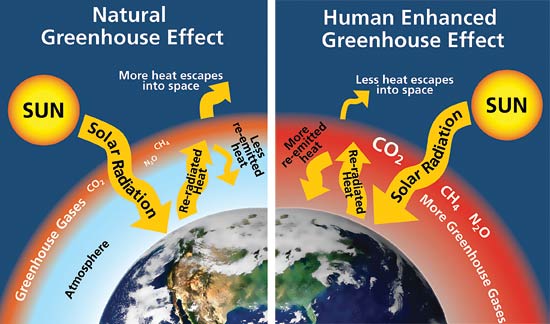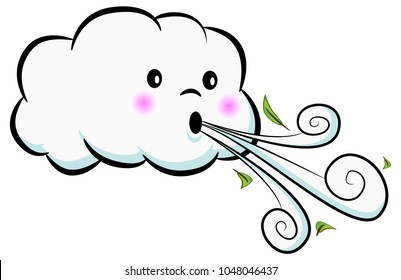 III: A Woman Scorned: Venus in Heat
III: A Woman Scorned: Venus in Heat
In recent times - or at least, I’ve only heard it recently - our nearest neighbour has been referred to as “Earth’s evil twin”. This is because Venus exhibits many of the main characteristics of our home planet, and in some ways, is almost a future vision of it, or what Earth may become if we don’t get up off our arses and do something about global warming. You see, Venus is kind of the poster child, or indeed cautionary tale for climate change, having already undergone the effect of the release of greenhouse gases across the planet, thus making it uninhabitable, if it ever was so, and all but a vision of Hell, right on our own doorstep. Just shows how wildly inaccurate ancient astronomers were when they saw it in the heavens and decided to lavish upon it the name of the goddess of love.

Setting aside the surface similarities between our planet and Venus, there are marked differences and none of them are good, not for us and not for the planet. It is the hottest planet in the solar system, bar none (and this surprises me because before we began our little expedition I always assumed that to be Mercury) with temperatures reaching 464 degrees Centigrade, has an atmosphere almost entirely composed of carbon dioxide and features gentle, relaxing clouds of… sulphuric acid, lending a new meaning to the term acid rain! Atmospheric pressure on the surface is 92 times that of Earth’s at sea level, or to put it another way, if you want to know what a brisk stroll on Venus would be like, dive into the ocean and descend to about 900m (that’s 3,000 feet, and also the last time I’m calculating another measurement scale) and you’ll get the idea.
As I indicated a few paragraphs ago, Venus has fallen victim to the runaway greenhouse effect. And no, that doesn’t describe a thief legging it with your prize cucumbers. When the greenhouse gases on a planet’s surface (we’re all familiar with/fed up hearing about those) rise and block thermal radiation from leaving the planet, no water can form and any water vapour there is will be likely to escape through the stratosphere and out into space. Essentially, the planet can’t cool down, and so it becomes a burning desert of a planet, dry and arid and exceptionally hot. The main greenhouse gases are water vapour, carbon dioxide, methane, nitrous oxide and ozone. These gases are essential to life, but must be released into the air and dissipated. When this does not happen, as I say above, a runaway greenhouse effect results and you get a planet like Venus.

Venus is also the only other planet in the solar system not to have a single moon. In fact, in a weird coincidence, probably, the number of moons per planet increases as you move out into the solar system, with Mercury and Venus having none, Earth having one, Mars two and then of course the gas giants have them in the tens, Saturn having over eighty of them.

As if all the above though is not enough to classify Venus as a hell-planet, the atmosphere contains sulphur, and there may have been relatively recent volcanic activity on its surface. Let’s just say we won’t be landing there on our trip. I don’t think our insurance would cover it. What do you mean, you thought I was arranging it? Well now that's just... tell you what, say nothing to the others. I don't fancy taking an unscheduled space walk, do you? Anyway, where was I? Oh yes. No need to worry about insurance, everything is fine. So Venus has no moons. Right. Nevertheless, it is the brightest object in the sky, and you’ve no doubt seen it, even if you haven’t realised or cared what it was, on a clear night.
Most of the surface of the planet is covered by smooth volcanic plains, the rest composed of two highland plains, one of which,
Ishtar Terra, boasts an eleven-kilometre high mountain (that’s like eleven Everests stacked one on top of the other) and unlike Mercury the surface of Venus features few craters, and is relatively smooth. This means the planet is quite young, a mere babe in arms actually, no more than 600 millions years old (ahhh!) and possibly even as young as 300. Coochy-coo! Ahem. There are features called
farra, which are mostly flat, pancake-like depressions,
arachnoids, which are not, as you might fear, robot killer spiders that patrol the surface, but rather radial or concentric fractures which look like spiders’ webs,
coronae, circular rings of fractures which are often surrounded by a depression, and have nothing to do with the sun, and
novae, radial, starlike fractures. All of these stem from volcanic activity.
Like its little brother, Mercury, the possibility for life seems to exist on Venus, although the detection of phosphine - a gas which scientists believed was impossible to create in Venus’s chemical atmosphere, and could only have come from living organisms - in the clouds above the planet have actually given rise to speculation that life currently exists there, albeit, again, no life we would recognise. No Venusian war wizards, for instance, or nubile princesses living in sky cities. Sorry, Mr. Burroughs! Mind you, Carl Sagan had been saying this since the sixties:
While the surface conditions of Venus make the hypothesis of life there implausible, the clouds of Venus are a different story altogether. As was pointed out some years ago, water, carbon dioxide and sunlight—the prerequisites for photosynthesis—are plentiful in the vicinity of the clouds
(“Life in the Clouds of Venus?” - Carl Sagan and Harold Morowitz, Nature Magazine, September 16 1967)
Still, this hypothesis seems to have been discounted after October 2020, when a re-examination of the clouds seemed to show no signs of phosphine, and the belief is that - without going into scientific terms which I neither understand nor care about - somebody fu
cked up and detected something that was not there. Well, I suppose at least the Venusians won’t be coming over here, taking our jobs, stealing our women...
The winds on Venus are very sluggish, but powerful nonetheless, mostly due to the very high density of the planet’s atmosphere, and the dispersal by the winds of dust and small stones across the surface. It’s pretty much the same wherever you go on the planet, or when, as neither seasonal changes nor geographic location varies across Venus, its axial tilt, while still a lot more pronounced than that of Mercury (but then, so is that of any other planet in the system) is a mere three percent and therefore doesn’t permit much in the way of change. In fact, if you want to cool down you’re best scaling that 11 km-high mountain, Maxwell Montes, where you’ll be able to bask in the refreshing temperature of a nice cooling 350 degrees C. Lovely! Yeah, that’s as cool as it gets on this planet. Oh, and that stuff that looks like snow on the peaks? Take my word for it, it’s not.

Despite the slow winds on the surface, if you were to somehow attempt to fly on Venus you would find it a whole different matter, as the winds up in the clouds rush around at about 300 kph every four or five days. That’s way faster and stronger than our Storm Force 10 winds on Earth, or the kind of winds that accompany the likes of hurricanes, which rarely reach over 120 kph. Venus has no seasons, no real weather, certainly no rain, ice or snow, though there is some speculation that it gets lightning storms. This however has not been proven, and there is plenty of doubt as to whether this could be possible in the dense atmosphere of the planet.